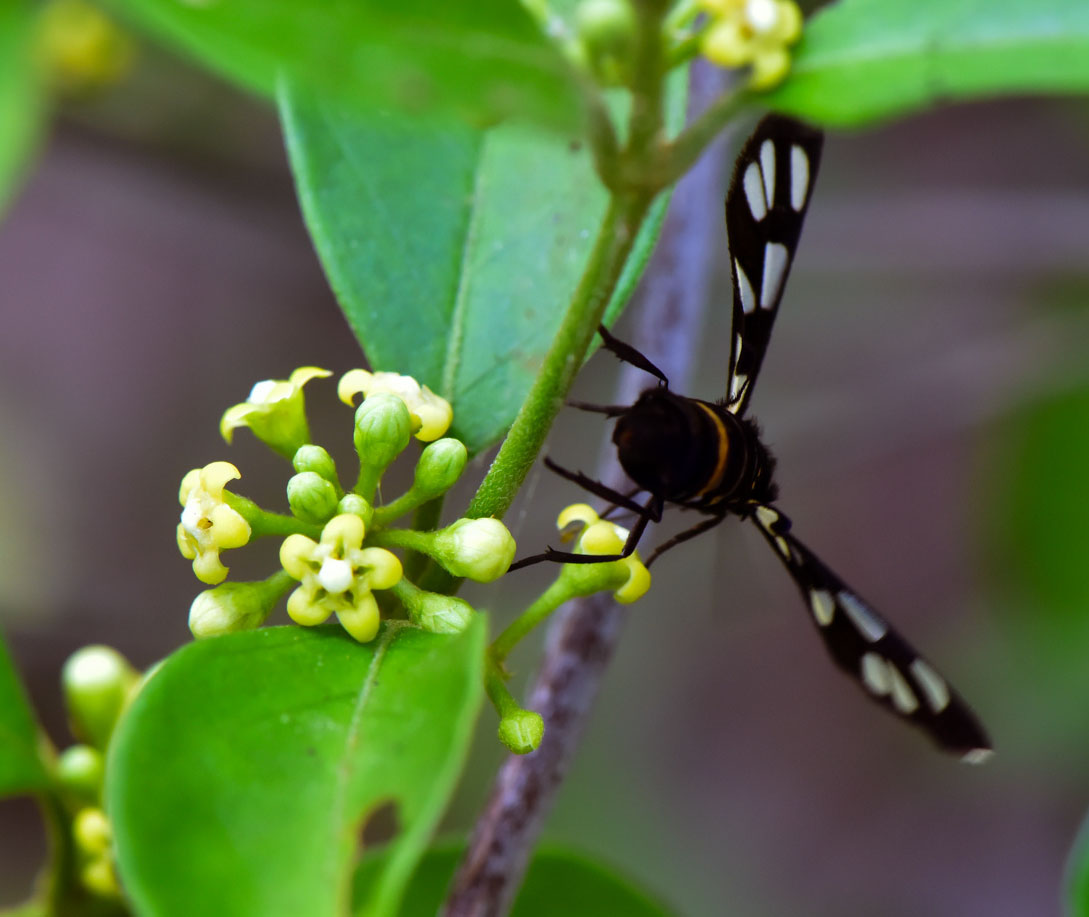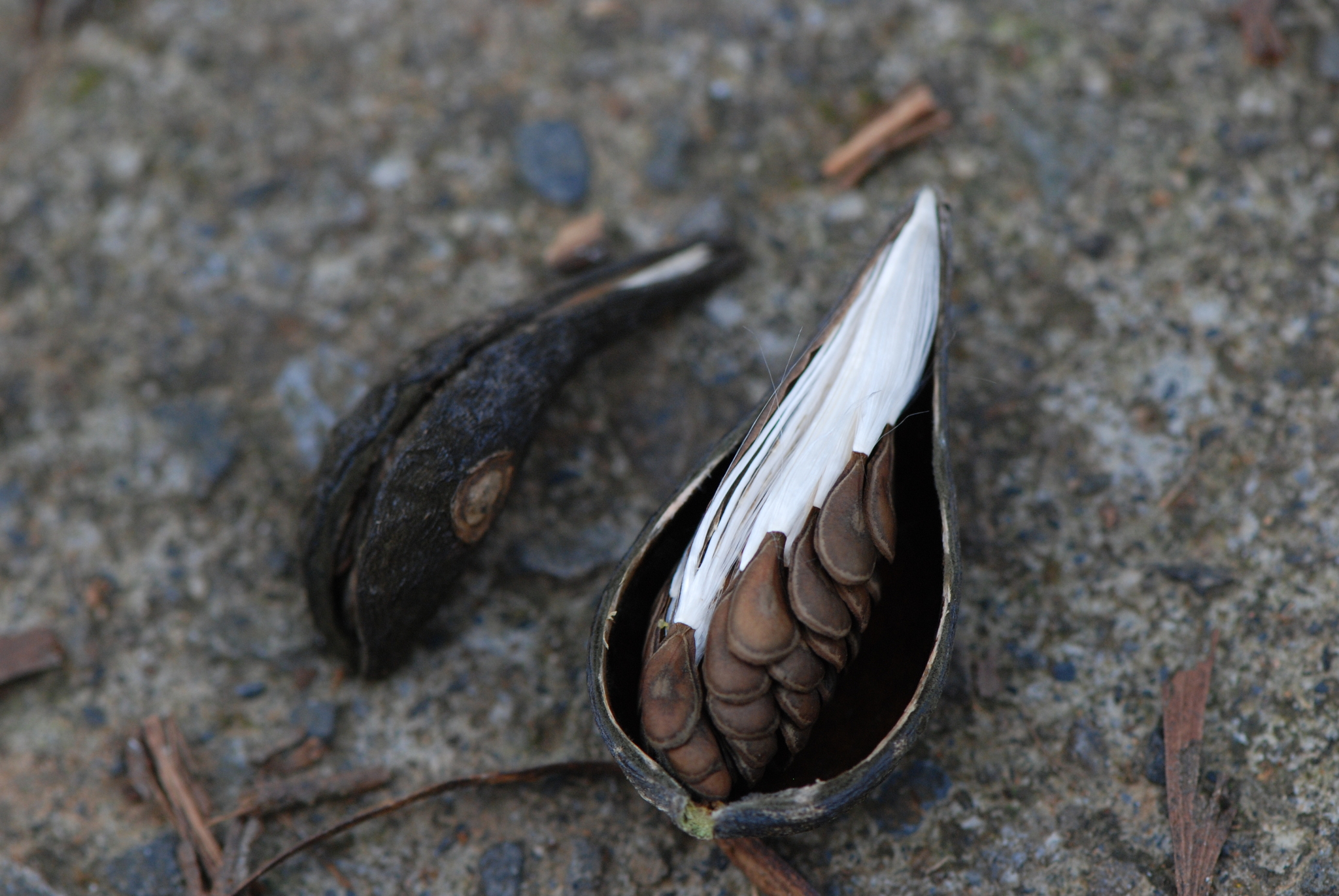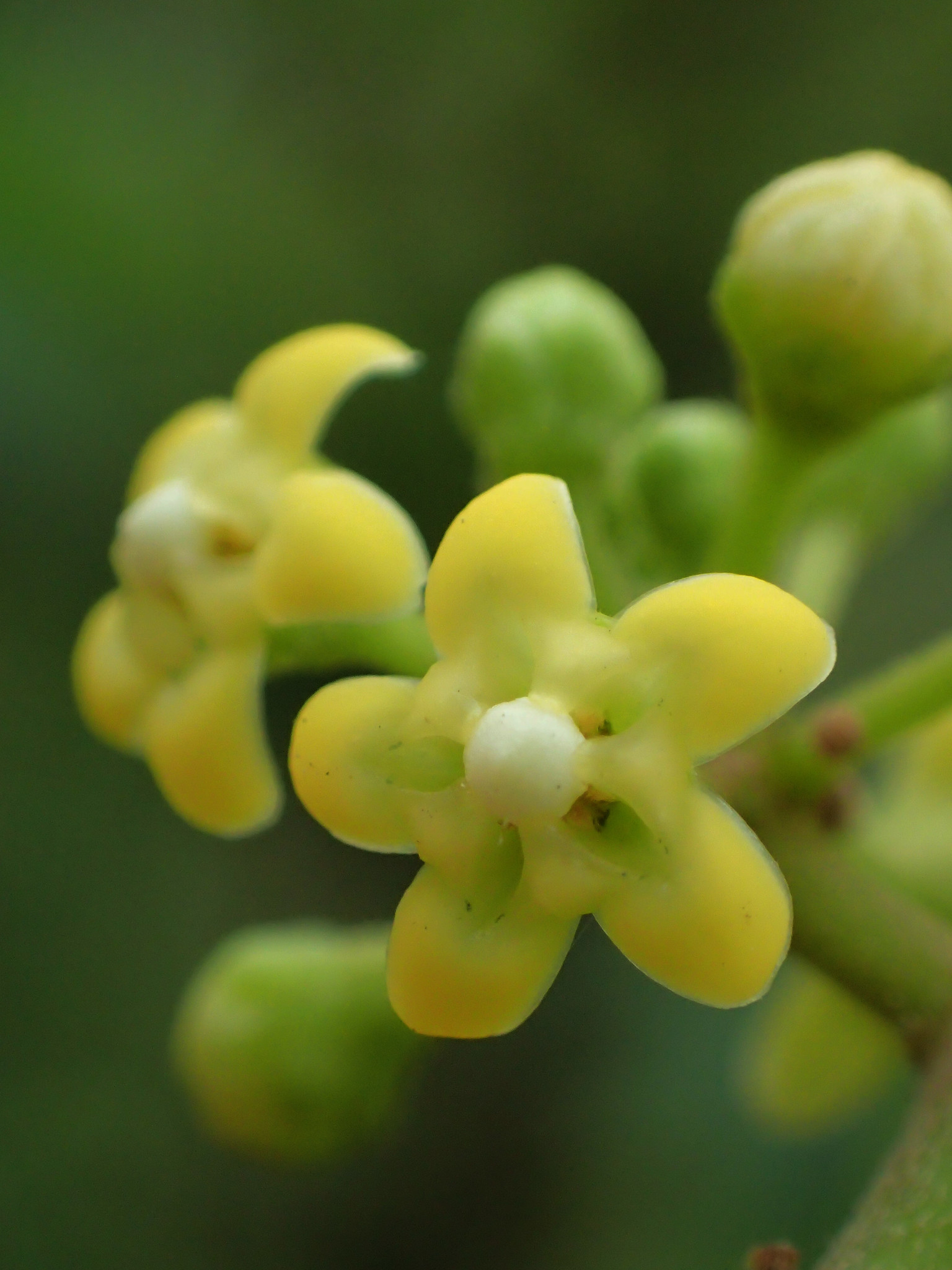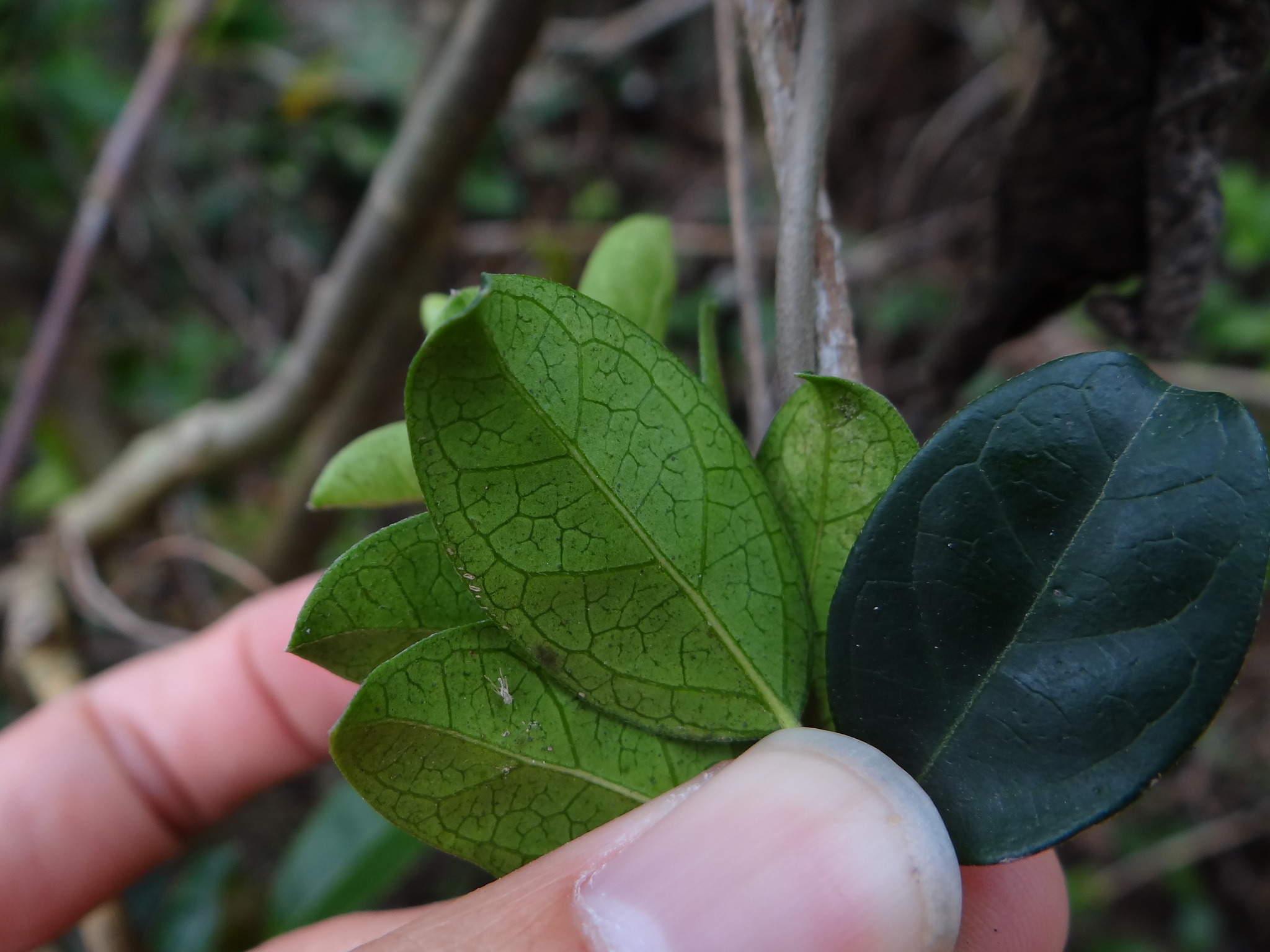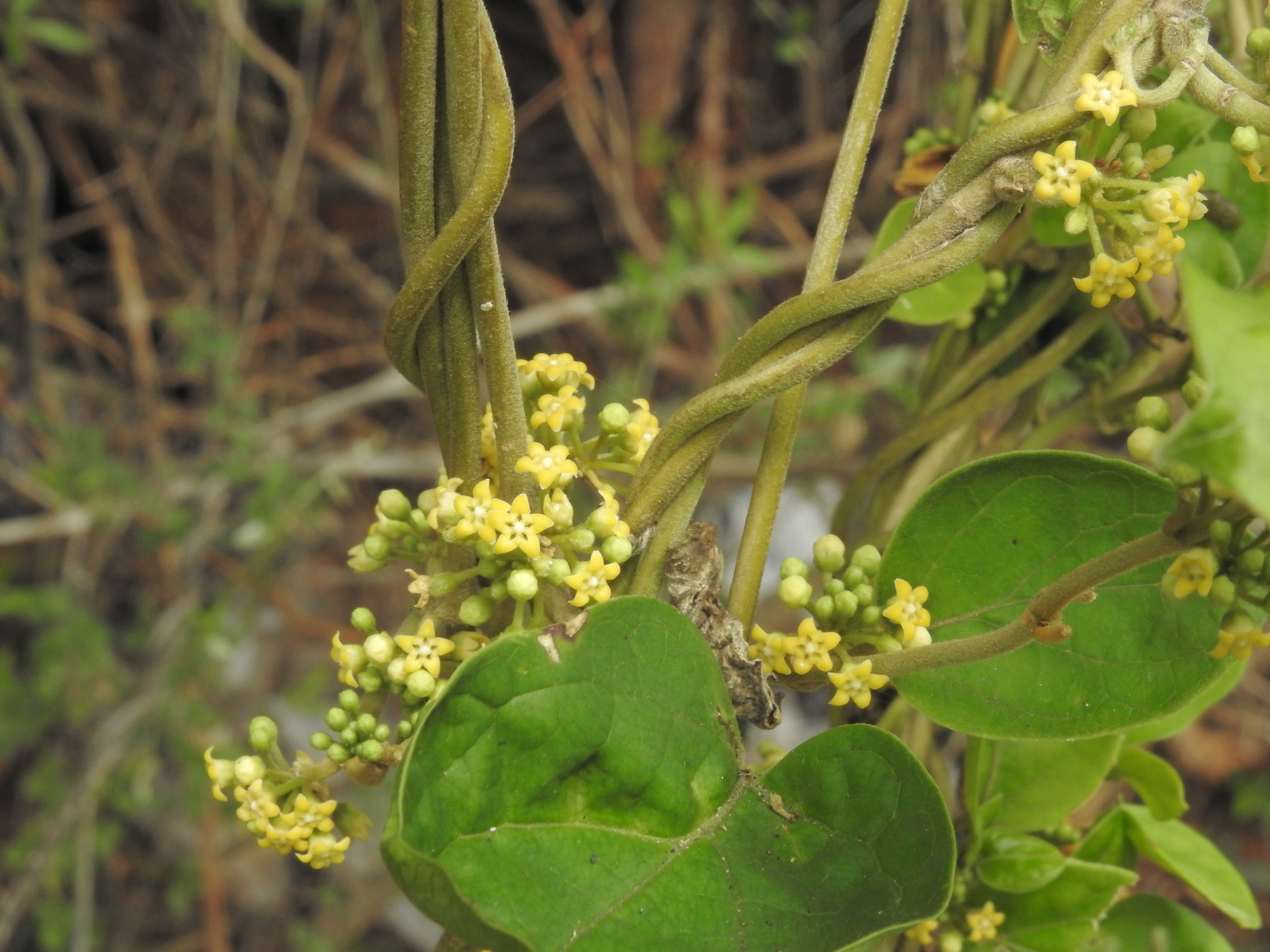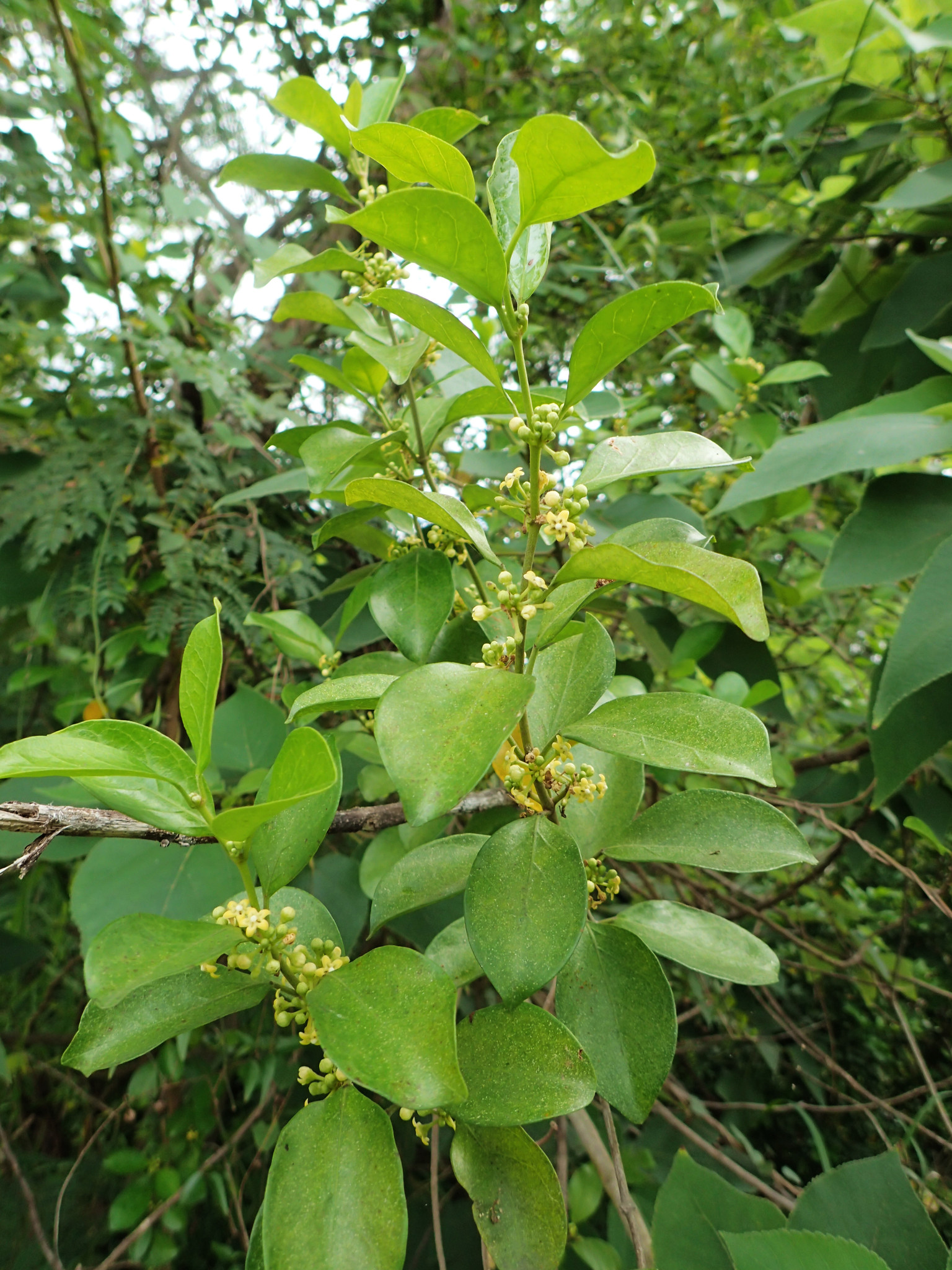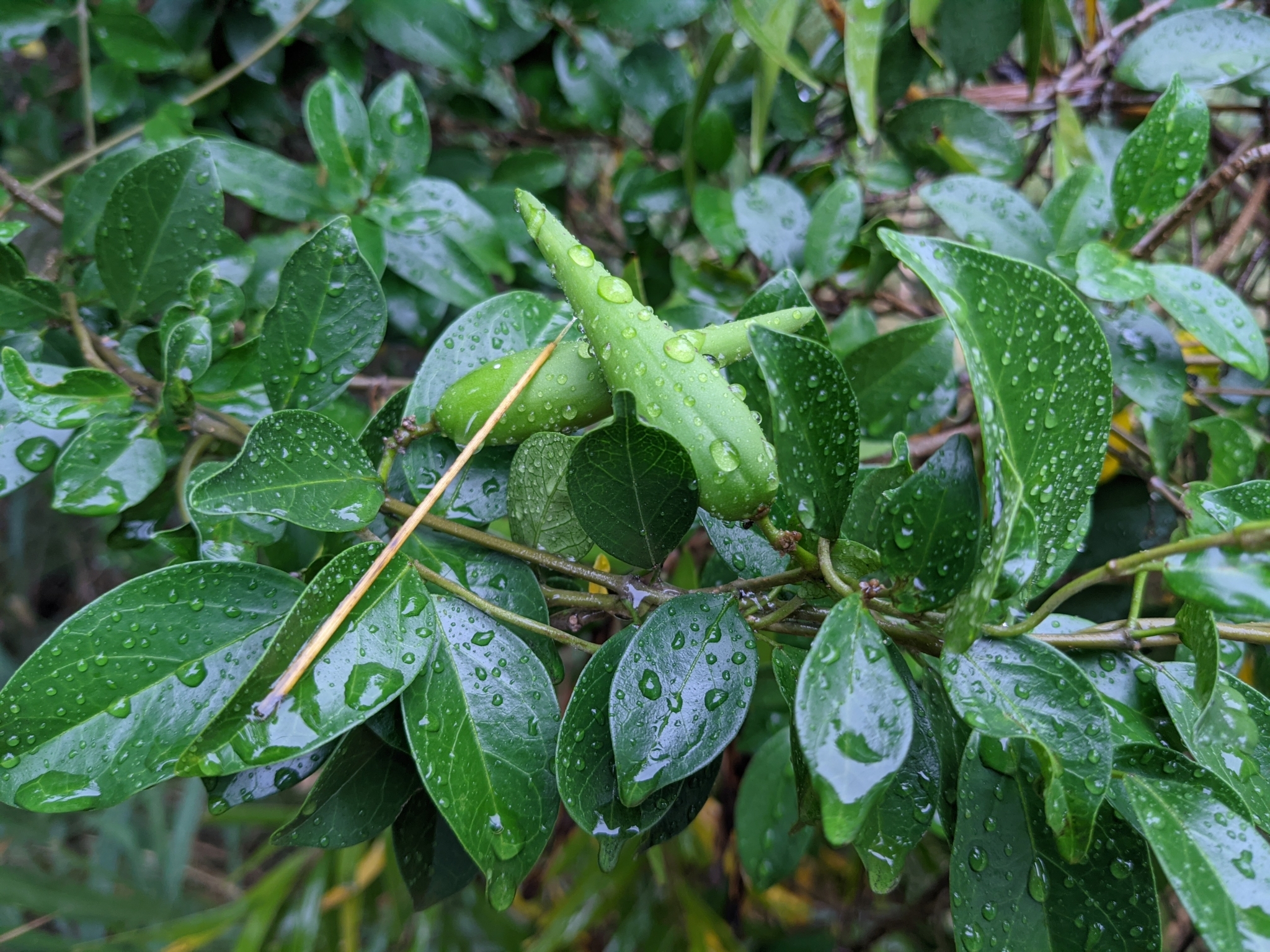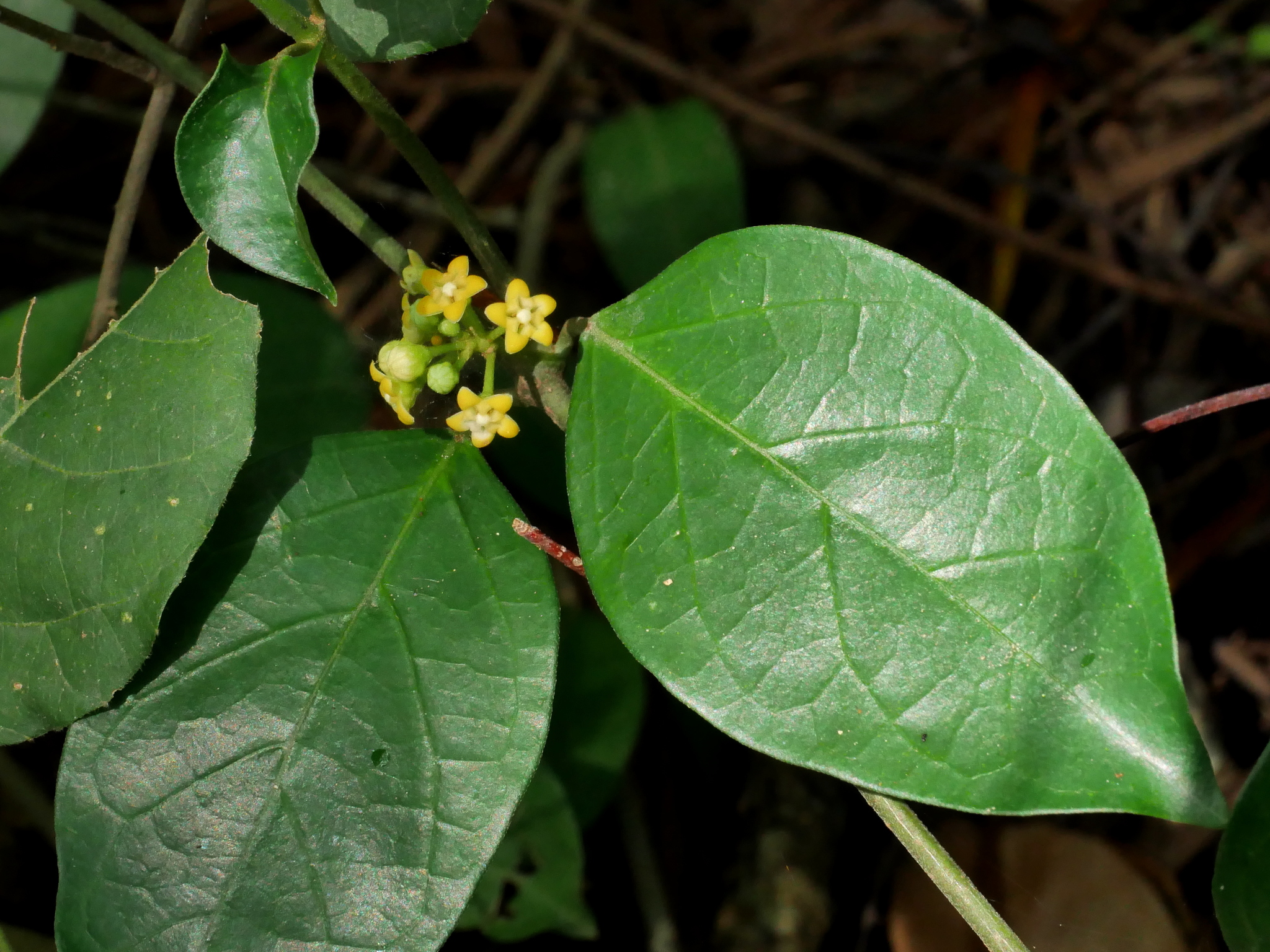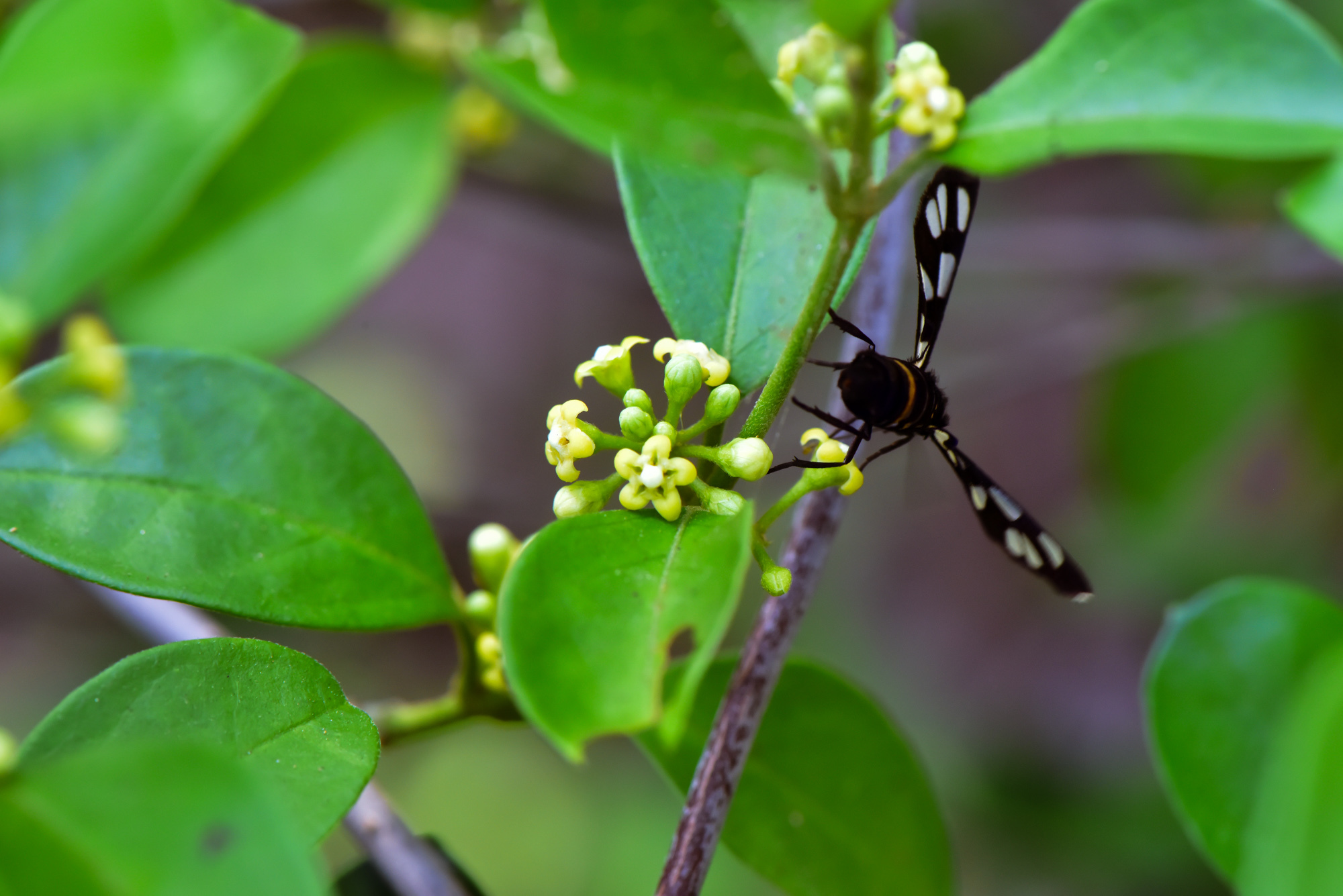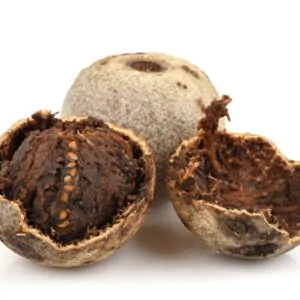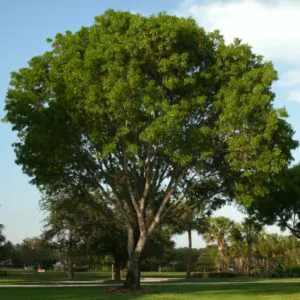Description
Gymnema sylvestre is a perennial woody vine native to Asia (including the Arabian Peninsula), Africa and Australia. It has been used in Ayurvedic medicine. Common names include gymnema, Australian cowplant, and Periploca of the woods, and the Hindi term gurmar, which means “sugar destroyer”.
The leaves and extracts contain gymnemic acids, the major bioactive constituents that interact with taste receptors on the tongue to temporarily suppress the taste of sweetness.
The plant is a climber with leaves having soft hairs on the upper surface. The leaves are elongated-oval in shape. It has a small, yellow, umbelliferous inflorescence that is produced throughout the year.
Gymnema sylvestre has a long history of use in herbal medicine and a broad range of therapeutic properties.
Its leaves contain triterpenoid saponins, flavonols, and gurmarin. The major biologically active plant molecules are gymnemic acids, a class of triterpenoid saponins, which have the effect of suppressing the taste of sweetness on the tongue from sucrose (sugar), stevia, xylitol, and artificial sweeteners such as aspartame.
The sweet-blocking effect of G. sylvestre lasts from 15 to 50 minutes and may even persist for several hours. Gymnemic acids apparently have no long-term effects on taste and they do not influence bitter, salty, or sour taste perception.
Gymnemic acid compounds in Gymnema sylvestre can also attach to receptors on the intestinal walls, helping to reduce absorption of sugar molecules in the gut. This process can lower blood sugar and promote insulin secretion and release. However, its antidiabetic properties were not confirmed in rats.
